HOME IMPROVEMENT
Professional Landscaping: Enhancing Beauty, Utility, and Property Value
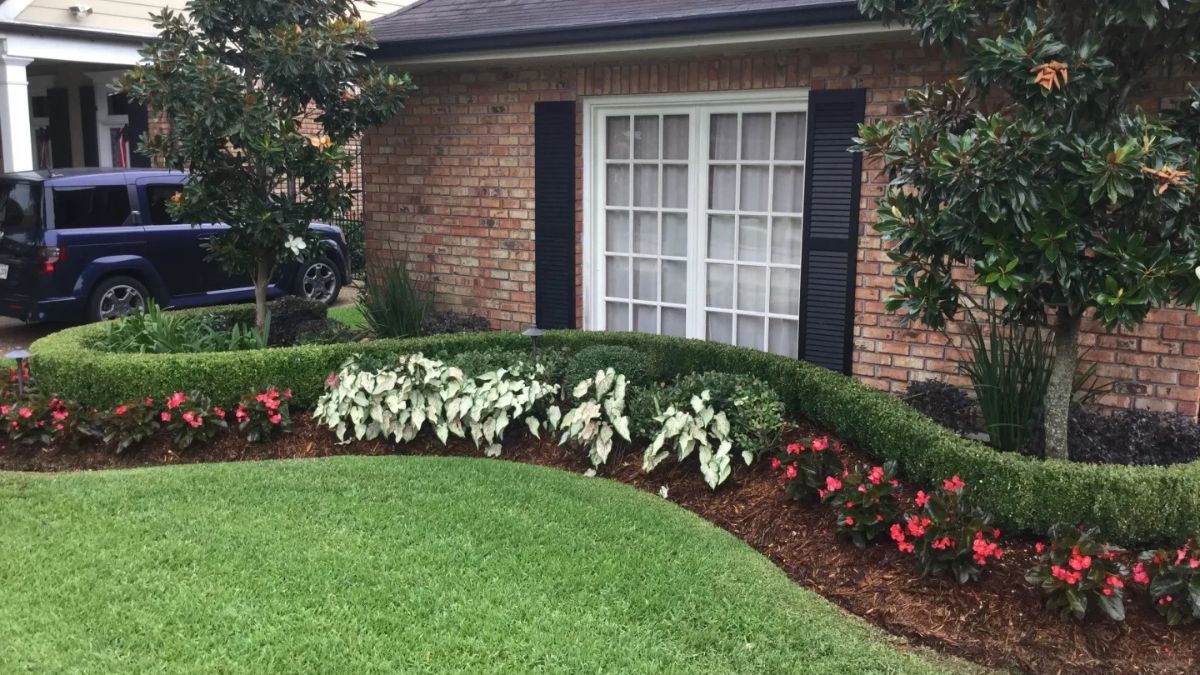
Introduction to Professional Landscaping
Transforming an outdoor space into an aesthetically pleasing and functional sanctuary requires strategic planning and expertise. Professional landscape services are essential in achieving this transformation by integrating beauty with utility and environmental consciousness. These services encompass an array of practices and techniques that ensure your green spaces are visually appealing, sustainable, and valuable in the long run.
With a professional touch, landscapes aren’t just about aesthetics—they become holistic environments supporting human and ecological health. The professional landscape services team brings knowledge in selecting appropriate plant species, understanding soil conditions, and integrating features that enhance functionality and enjoyment. They help property owners navigate the complex processes of securing permits and adhering to local regulations, ensuring a seamless transformation of their outdoor spaces.
The Multifaceted Benefits of Landscaping
Landscaping extends far beyond improving visual appeal; it offers significant functional and financial benefits. As outlined by the National Association of Realtors, homes with well-executed landscaping can increase property value by approximately 12%. These outdoor spaces offer a return on investment almost comparable to indoor renovations.
Moreover, landscaped environments contribute to the well-being of inhabitants by promoting outdoor activities and providing a serene retreat from urban chaos. Landscaped areas can encourage social interactions, improve air quality, and reduce noise pollution. Well-planned gardens offer therapeutic value and foster a connection with nature that benefits mental health. For commercial properties, landscaping can enhance customer experiences, create inviting atmospheres, and reinforce brand values.
Key Landscaping Design Principles
Effective landscaping design emerges from the harmonious blend of art and science. Design principles such as balance, contrast, harmony, and scale are foundational aspects that guide the aesthetic and functional aspects of landscaping. Balance instills a sense of equilibrium and can be symmetrical or asymmetrical, depending on the design objectives. Contrast and harmony bring visual interest and ensure the varied elements coalesce seamlessly, offering diversity and unity.
The scale ensures that the components, whether plantings or structures, suit the overall dimension of the space. These principles guide the selection of elements so that each contributes to a cohesive design narrative while addressing practical considerations like accessibility, maintenance, and ecological impact. A well-designed landscape considers the changing seasons and incorporates elements that provide interest and function year-round, from lush summer blooms to striking winter form.
Selecting the Right Plants for Your Landscape
The success of a landscape is heavily reliant on selecting the right plant species, which should be tailored to the site’s specific environmental conditions. Factors to consider include climate, soil, water availability, and sunlight exposure. Native plants are often preferred as they adapt well to local conditions, require less maintenance, and support the local ecosystem.
Choosing plants involves balancing aesthetic desires with sustainability goals. Opting for a mix of perennials and annuals can ensure year-round interest while minimizing replanting efforts. A professional landscaper can provide insights into companion planting, which pairs plants that thrive together, thus enhancing growth and resilience. The careful selection of plant material can also deter pests and reduce disease without heavy reliance on chemicals.
Sustainable Landscaping Practices
Sustainability in landscaping entails using practices that minimize environmental impact while maximizing ecological benefits. Water conservation is a major focus, and techniques like xeriscaping utilize drought-tolerant plants to reduce water usage significantly. Capturing rainwater and using efficient irrigation systems further contribute to water sustainability.
Incorporating sustainable practices also involves soil management strategies, such as composting and mulching, to enhance soil health and fertility. Resources like green infrastructure provided by the U.S. Environmental Protection Agency offer insights into sustainable practices incorporating ecological functions into landscaping. Emphasizing biodiversity by including a mix of plant types fosters a resilient ecosystem that supports pollinators and wildlife.
Cost Considerations for Landscaping Projects
While the initial expense of landscaping projects might seem substantial, their long-term value often justifies the investment. It is crucial to establish a clear budget and anticipate potential costs, which can vary significantly depending on the scope and complexity of the project. Costs may include design, plant materials, labor, installation of irrigation systems, and ongoing maintenance.
Property owners can achieve their desired outcomes by working within a realistic budget and prioritizing essential elements without unnecessary financial strain. A professional landscaper can help manage costs effectively by recommending cost-saving measures and ensuring that investments align with the property’s goals and owner’s preferences. Consider this not as an expenditure but as an investment in the enhancement and enjoyment of your property.
Why Hire a Professional Landscaper?
A professional landscaper’s role is pivotal in transforming outdoor spaces with expertise and creativity. They offer tailored solutions that match the site’s unique needs and the property owner’s aspirations. With their depth of knowledge, they provide insights into plant selections ideal for the environment, innovative design ideas, and practical solutions for incorporating water and lighting features.
Engaging a professional landscaper can mitigate common challenges associated with landscaping projects, such as dealing with pests or aesthetically balancing varied elements. They ensure a smooth implementation process, from initial consultation and planning to final execution. Trusting professionals to oversee your landscaping needs allows property owners to enjoy their outdoor spaces without the stress of DIY mishaps or maintenance concerns.
Final Thoughts
Professional landscaping offers far-reaching benefits that enhance any outdoor space’s aesthetics, utility, and value. Property owners can create inviting and dynamic environments by adhering to essential design principles, selecting appropriate plant materials, and utilizing sustainable practices. Whether for residential or commercial properties, landscaping is a thoughtful investment in outdoor spaces’ appeal and ecological health.
HOME IMPROVEMENT
Timeless Trends in Modern Home Furniture Design
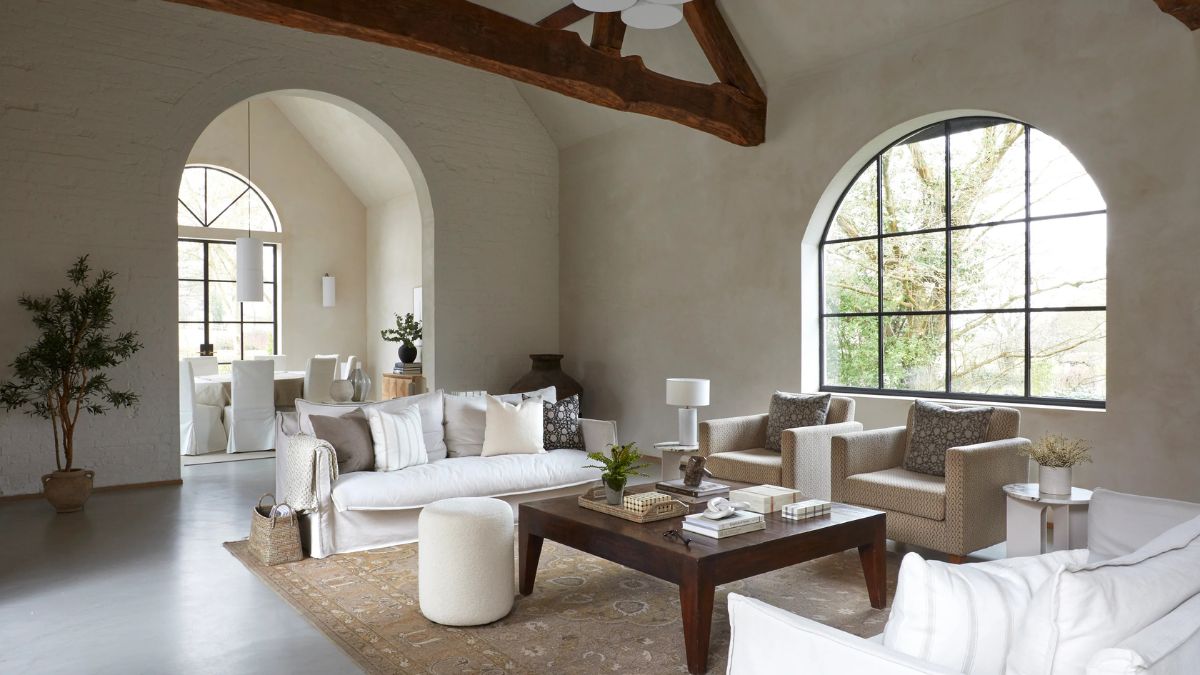
In recent years, home furniture design has evolved to strike a balance between functionality and aesthetic appeal, reflecting the changing lifestyles and tastes of modern homeowners. Designers increasingly draw inspiration from classic styles while introducing contemporary elements, creating interiors that feel both current and enduring. This blend of old and new enables versatile living spaces that can adapt to various trends without compromising their core sense of style. Attention to detail, quality materials, and thoughtful craftsmanship have become central to achieving interiors that stand the test of time.
For those seeking to elevate their living spaces, investing in high end furniture in Austin, TX, can offer access to pieces that exemplify this balance of tradition and innovation. Such furniture often combines sophisticated materials with refined design, providing both comfort and lasting visual appeal. By prioritizing timeless elements over fleeting trends, homeowners can cultivate interiors that remain stylish and functional for years to come.
Embracing Natural Materials
Natural materials, such as rattan, cane, solid wood, and jute, are increasingly favored in modern interior design, as they soften the sleek lines of contemporary homes and introduce tactile richness that engages the senses. This preference reflects a broader shift toward sustainability and wellness, allowing homeowners to feel more connected to nature while promoting comfort and tranquility within their spaces. Beyond their functional benefits, these materials bring warmth, texture, and visual depth, creating interiors that feel both inviting and authentic. Paired with thoughtful craftsmanship and complementary design elements, natural finishes contribute to a timeless aesthetic that transcends passing trends, ensuring each space remains distinctive, balanced, and enduringly stylish.
The Allure of Vintage and Thrifted Furniture
Vintage and thrifted furniture has grown in popularity as a way to bring character and sustainability into modern interiors. One-of-a-kind pieces, such as mid-century dressers or Victorian tables, can serve as striking focal points while encouraging the reuse of quality furniture, helping to reduce manufacturing waste. When thoughtfully paired with contemporary designs—like a reclaimed wood coffee table alongside sleek sofas—these items create dynamic, personalized spaces that feel both curated and lived-in. Homeowners seeking such distinctive pieces often turn to Austin, TX furniture outlet, which offers a range of vintage and high-quality options, allowing each interior to blend timeless charm with modern functionality seamlessly.
Incorporating Warm Metallic Accents
Incorporating warm metallic accents, such as brass, bronze, and gold, can elevate the sophistication of modern interiors while adding a sense of warmth and depth. Designers often introduce these tones through subtle details—like light fixtures, side tables, or decorative hardware—to enliven neutral palettes or natural fiber settings without overpowering the space. Achieving a harmonious look requires careful balance: too much shine can feel excessive, while pairing metallics with soft linens, rich textiles, and dark wood elements creates a welcoming, layered atmosphere that feels both refined and comfortable.
Reimagining Art Deco Elements
The revival of Art Deco highlights bold geometric patterns, luxurious textures, and a sense of symmetry within contemporary design. Today’s trends incorporate elements such as velvet sofas, mirrored surfaces, and geometric wallpapers, bringing a touch of 1920s elegance into modern spaces. Rather than redesigning entire rooms, incorporating singular statement pieces—like an accent chair, cocktail table, or decorative mirror—can evoke a sense of nostalgia while adding depth and visual interest. Thoughtfully placed, these elements create a refined, balanced atmosphere that nods to the glamour of the past without overwhelming the overall design.
The Versatility of Transitional Style Furniture
Transitional style furniture blends traditional silhouettes with modern finishes, providing an ideal solution for those who appreciate elements of both classic and contemporary design. Characterized by neutral palettes and a focus on balance, comfort, and understated elegance, these pieces work particularly well in open-concept homes. By combining the warmth of traditional forms with the clean lines of modern aesthetics, transitional furniture creates spaces that feel timeless yet adaptable, offering sophistication that evolves gracefully with changing tastes and seasons.
Final Reflections
Modern interior design excels in blending styles, materials, and influences to create spaces that are both practical and visually appealing. Using natural textures, vintage elements, warm metallics, Art Deco accents, and transitional furniture allows homeowners to design interiors that are curated, welcoming, and timeless. Focusing on quality, balance, and versatility ensures each room expresses personal style while remaining adaptable to changing trends, keeping the space beautiful and relevant for years.
HOME IMPROVEMENT
Essential Home Electrical Safety Tips Every Homeowner Should Know
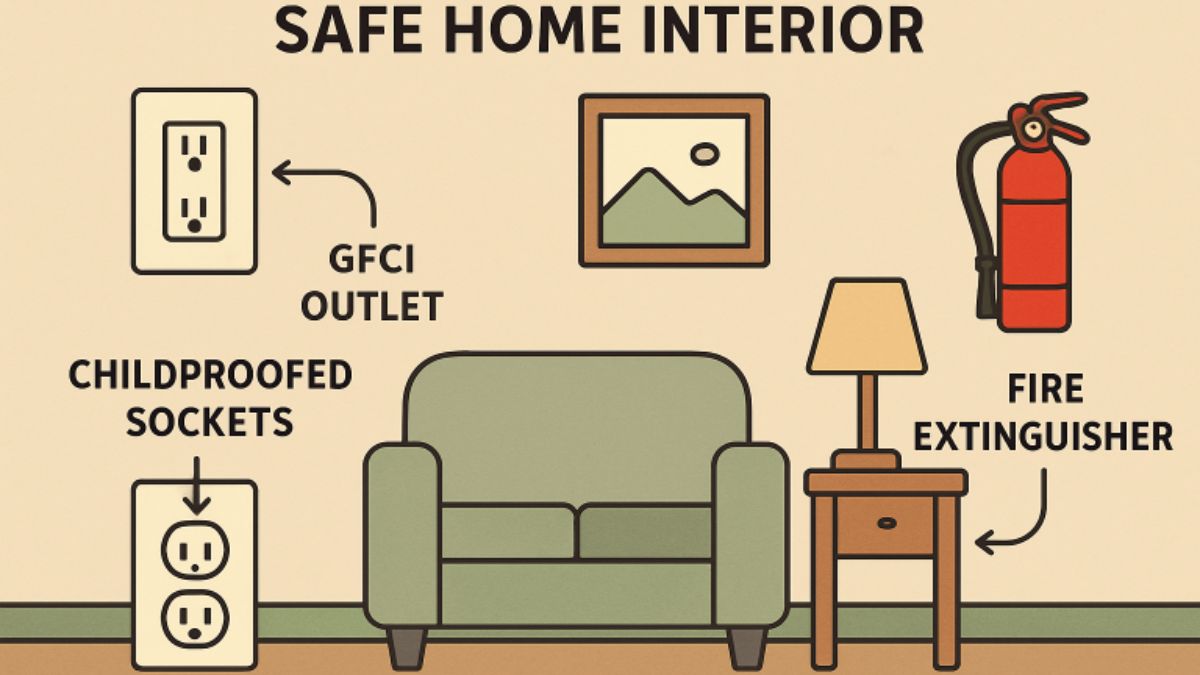
Maintaining a safe electrical system in your home is one of the most critical responsibilities of a homeowner. Electrical hazards are a leading cause of house fires and injuries, making it essential to stay vigilant and proactive about electrical safety. Knowing what to look out for, which safety devices to install, and how to use household electronics responsibly can help create a secure environment for the entire family. If you’re considering upgrades or repairs, relying on experienced professionals for installation services Richmond, OH, is a smart move to ensure compliance and safety.
Many common electrical risks can be prevented with a mix of regular inspections, proper equipment, and educated awareness. Simple steps like checking for typical warning signs, using correct appliances and cords, and knowing your limits are vital. These habits not only protect people and property but also minimize the risk of costly damage or emergencies that can disrupt your everyday life.
Homes with updated electrical systems and modern safety features are less likely to experience avoidable incidents such as electrical fires or accidental shocks. Whether you live in a newer property or an older home, routine care and upgrades can make all the difference. Ultimately, prioritizing safety now can protect your loved ones for years to come.
If you have small children, pets, or a lot of electronics in your home, taking these steps is especially critical. Electrical failures or malfunctions are among the top causes of home fires in the United States, underscoring the importance of vigilance throughout every room in the house.
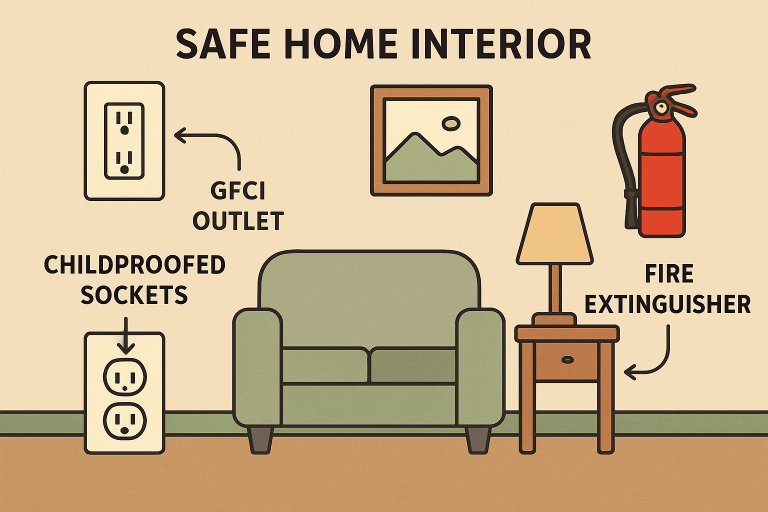
Conduct Regular Electrical Inspections
Routine inspections are the cornerstone of a safe electrical system. Homeowners should visually assess outlets, switches, and visible wiring for any unusual signs such as flickering lights, buzzing noises, or a burning smell. Outlets or switches that feel warm to the touch are also red flags indicating electrical resistance and potential fire hazards.
While some routine checks are manageable, it’s best to schedule a professional inspection every several years, or sooner if your home is older or you notice recurring issues. Experts can inspect hidden wiring, circuit breaker panels, and ensure all systems are operating safely and up to code.
Install GFCIs and AFCIs
Ground Fault Circuit Interrupters (GFCIs) are vital in areas exposed to moisture, like kitchens, bathrooms, garages, and outdoor spaces. GFCIs immediately shut off electricity if a ground fault is detected, reducing the risk of shock and serious injury. Similarly, Arc Fault Circuit Interrupters (AFCIs) are designed to protect against electrical fires caused by arcing in wiring—often a hidden and dangerous fault.
Both devices are reasonably easy to install for a licensed electrician and provide invaluable peace of mind. The Electrical Safety Foundation International (ESFI) outlines the importance of installing these devices as basic home protection features, not just optional upgrades.
Practice Appliance Safety
Always use appliances according to their manufacturer’s instructions and check regularly for any signs of damage, wear, or dysfunction. Unplug small appliances when not in use, which not only prevents phantom energy draw but also reduces exposure to hidden faults. Never use any device with a frayed power cord, loose plug, or visible internal wiring. Appliances should be kept away from water sources, and extra caution should be taken in bathrooms and kitchens. Wet hands and electronics don’t mix—ensure surfaces and your hands are dry before touching any plugged-in device.
Use Extension Cords Wisely
Extension cords are meant to be temporary solutions—relying on them too much can overload circuits or create trip and fire hazards. Never run extension cords under carpets, rugs, or squeeze them through doorways, as the friction and pressure can degrade the cord’s protective covering. Avoid daisy-chaining several cords together, and use cords rated for your specific needs (indoor versus outdoor, for example).
If you routinely need more outlets, it’s far safer to have a qualified electrician add new receptacles or upgrade your existing circuits.
Avoid Overloading Circuits
One of the most common causes of home electrical fires is overloading circuits—plugging too many high-draw devices into the same outlet or power strip. Each electrical circuit in your home is designed to carry a limited load, and surpassing this can trip breakers, melt wires, or spark a fire. Use power strips with built-in surge and circuit breakers as an added safety measure, and distribute large appliances throughout separate circuits when possible.
Recognize Warning Signs of Electrical Problems
Be proactive in spotting symptoms of developing electrical problems. Persistent circuit breaker trips, outlets or switches that emit a burning odor, hot or discolored outlets, or visible sparks when plugging things in are all serious warning signs. Do not ignore these symptoms—prompt professional intervention can prevent serious accidents. Flickering lights, while sometimes dismissed as harmless, may indicate dangerous, loose wiring or faulty connections hidden behind your walls. Call an electrician to diagnose the issue safely.
Know When to Call a Professional
Handling electrical repairs without proper training is extremely risky. Minor issues like changing a light bulb or resetting a breaker are reasonable DIY tasks, but for anything involving wiring, panel upgrades, or persistent electrical malfunctions, contact a licensed electrician. Professional electricians follow strict safety protocols and local codes, ensuring lasting, hazard-free repairs or installations.
Whenever you undertake significant renovations or add major appliances, consult an expert to determine whether your electrical system can safely handle the increased load. Peace of mind and prevention are always worth the investment.
Childproof Your Outlets
With young children or frequent visitors, protecting outlets is essential to avoid accidental shock. Tamper-resistant receptacles (TRRs) are affordable upgrades that prevent small objects or fingers from entering outlets, safeguarding curious kids. These outlets have spring-loaded shutters that allow a connection only when equal pressure is applied to both slots, making them virtually childproof without the need for plug-in covers that can be lost or removed.
Implementing these electrical safety tips can help you create a safer environment for your family and property. Making safety a priority now reduces the risk of preventable disasters in the future. Stay alert to potential dangers, update your system as needed, and when in doubt, always reach out to a professional.
HOME IMPROVEMENT
Elegant Interiors: Exploring the Styles of Catherine the Great Furniture
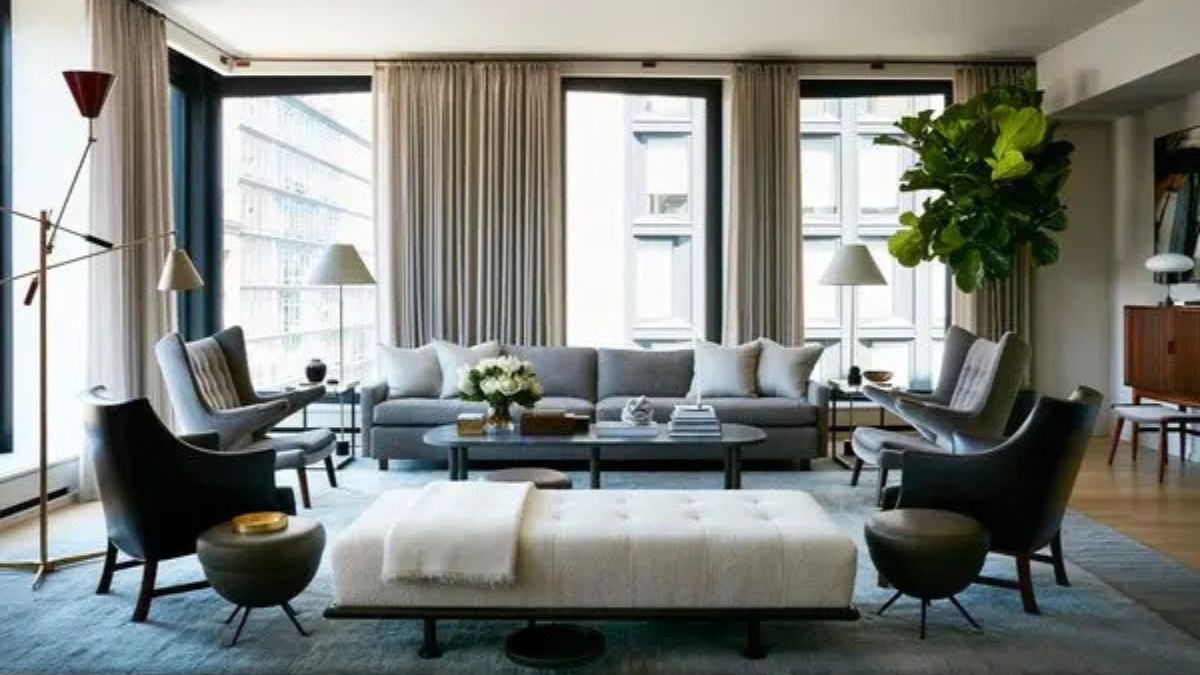
Introduction to Catherine the Great and her influence on furniture design
Catherine the Great Furniture, one of Russia’s most iconic rulers, was not just a formidable leader; she was also a patron of the arts and an influential figure in furniture design. Her reign from 1762 to 1796 marked a transformative period in Russian history that saw cultural advancements and extravagant displays of wealth. Catherine had a keen eye for elegance and sophistication, which reflected beautifully in her choices for interior decor.
The furniture crafted during her time showcases two prominent styles: Rococo and Neoclassical. Each piece tells a story—not only about aesthetics but also about the Empress herself. From lavish salons to intimate chambers, every item reveals layers of personality, power, and taste that defined her court life.
As we delve into the intricacies of Catherine the Great’s furniture designs, prepare to be captivated by their beauty and historical significance. Discover how these exquisite creations continue to inspire modern interpretations today. Whether you’re an avid collector or simply appreciate refined interiors, exploring Catherine’s legacy is sure to spark your imagination.
The Rococo Style in Catherine’s Furniture
The Rococo style dominated the furniture design during Catherine the Great’s reign. This aesthetic is characterized by its ornate and playful elements, often featuring curves and asymmetry.
Catherine embraced this style, infusing her palace with pieces that exuded elegance. Delicate carvings adorned chairs and tables, often depicting floral motifs and shell-like shapes. These designs captured a sense of whimsy while maintaining an air of sophistication.
Rich materials played a crucial role in Rococo furniture. Gilded surfaces shimmered under candlelight, enhancing the luxurious feel of spaces like the Winter Palace.
This style was not merely decorative; it reflected Catherine’s personality—bold yet refined, extravagant yet graceful. Each piece told a story, showcasing her artistic vision as well as her desire to impress both guests and diplomats alike.
Rococo influences can still be felt today in various interpretations of interior design that celebrate beauty through intricate detailing.
The Neoclassical Style in Catherine’s Furniture
Catherine the Great embraced the Neoclassical style as a means to reflect her vision of power and sophistication. This design movement drew inspiration from ancient Greece and Rome, merging classical elements with modern elegance.
Her furniture pieces often featured clean lines, symmetrical shapes, and minimal ornamentation. Rich materials like mahogany and satinwood were used to create stunning finishes that captured attention without overwhelming the senses.
Intricate carvings depicting mythological scenes or floral motifs adorned chairs and tables alike. Each piece told a story that resonated with Catherine’s intellectual pursuits and appreciation for art.
The incorporation of Greek columns or Roman-influenced silhouettes can be seen in many items throughout her residences. These thoughtful details conveyed not only aesthetics but also an aura of authority befitting an empress who redefined her empire through culture and refinement.
The Empress’ Favorite Pieces: A Look at Her Iconic Furniture
Catherine the Great’s furniture collection is legendary. Each piece reflects her exquisite taste and ambition.
One standout item is the famous Malachite Room, adorned with stunning malachite columns and intricate gilded details. This room exemplifies opulence and grandeur.
Another iconic piece is the magnificent Pagoda-style writing desk. Crafted for both beauty and functionality, it reveals Catherine’s passion for literature and intellect.
The sumptuous giltwood sofas in her private chambers are equally remarkable. Their elegant curves invite relaxation while showcasing lavish fabrics that tell stories of luxury.
We cannot forget about her crystal chandeliers, sparkling like stars above elegantly set tables during grand soirées. They illuminate not just rooms but also the vibrant court life of St. Petersburg under Catherine’s reign.
Each item tells a story—of power, refinement, and a woman who transformed an empire through artful design.
How Catherine’s Furniture Reflects Her Reign and Personality
Catherine the Great’s furniture was more than mere decoration; it symbolized her ambition and intellect. Each piece reflected her vision of a modern Russia, bridging tradition with progressive ideals.
Her selections often showcased opulence, illustrating her status as an enlightened ruler. Intricate carvings and luxurious fabrics were not just for aesthetics but also conveyed power.
The balance between grandeur and functionality in her designs mirrored Catherine’s personality—dynamic yet pragmatic. She surrounded herself with beauty while maintaining effective governance, embodying both elegance and strength.
Soft colors paired with ornate details created inviting spaces that encouraged intellectual discourse. Her interiors fostered a sense of community among artists, philosophers, and diplomats.
Thus, Catherine’s furniture captures the essence of a formidable leader who embraced culture while shaping history. It tells the story of an era defined by transformation through artful craftsmanship.
Modern Interpretations of Catherine the Great’s Furniture Designs
Modern designers draw inspiration from Catherine the Great’s furniture to create stunning pieces that echo her grandeur. The fusion of historic elegance with contemporary aesthetics breathes new life into interiors.
Craftspeople today are reimagining Rococo curves and Neoclassical symmetry, blending them with minimalist sensibilities. This results in furniture that captures the opulence of an empire while maintaining a lightness suitable for modern spaces.
Textiles also play a vital role. Luxurious fabrics reminiscent of Catherine’s era find their way into current designs, often updated with bold colors and prints.
Sustainable materials further enhance these interpretations, marrying traditional craftsmanship with eco-conscious practices.
As interior enthusiasts seek to incorporate historical elements into their homes, they turn to these revitalized interpretations of Catherine the Great’s iconic styles. Each piece tells a story—a blend of past glory and present innovation—inviting admiration in any setting.
Conclusion: The Enduring Legacy of Catherine the Great’s Elegant Interiors
Catherine the Great Furniture influence on design extends far beyond her reign. Her ability to blend styles, from Rococo opulence to Neoclassical elegance, has inspired generations of designers and decorators. The pieces she commissioned tell a story—not only of luxury but also of her vision for Russia as a cultural powerhouse.
Today, Catherine’s furniture serves as a timeless reference point in interior design. Modern interpretations continue to echo her flair for grandeur while integrating contemporary sensibilities. This enduring legacy is evident in how these historical designs still resonate within modern homes and public spaces alike.
As we explore elegant interiors influenced by Catherine the Great Furniture, we appreciate not just their beauty but also the rich history they embody. Each piece stands as a testament to an empress who shaped an era and left an indelible mark on the world of art and design. The essence of Catherine the Great’s style continues to inspire those seeking sophistication and elegance in their own spaces today.
-

 TOPIC1 year ago
TOPIC1 year ago7 Expert Tips For Choosing The Best Basement Renovation Companies
-

 TOPIC6 months ago
TOPIC6 months agoWhy Greece Katz Martian Has Everyone Talking in 2025
-

 BUSINESS7 months ago
BUSINESS7 months agoTop 5 Features of Sowix Online That Every User Should Know About
-

 TOPIC6 months ago
TOPIC6 months agoTop Features of BetterThisWorld .com You Need to Know About
-

 FINANCE10 months ago
FINANCE10 months agoHow TraceLoans Can Simplify Your Finances
-

 BIOGRAPHY10 months ago
BIOGRAPHY10 months agoFrom Reality Star to Business Mogul: Prince Narula Digital PayPal
-

 EDUCATION6 months ago
EDUCATION6 months agoThe Evolution of Pi123: How It Became a Must-Have Tool
-

 TOPIC7 months ago
TOPIC7 months agoSabsastaa.com: Your Ultimate Guide to Budget Shopping and Savings
